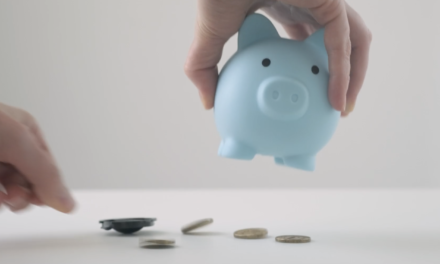With shelter-in-place orders rapidly disrupting the economy, the housing market is quickly adjusting — and feeling the pain of a contracting market.
Normally at this time of year, the spring buying and selling season is just starting to heat up. But just since March 1, the number of new listings hitting the market has declined rapidly, with new listings decreasing:
- 38% in San Francisco;
- 19% in Los Angeles;
- 10% in San Diego;
- 9% in Riverside; and
- 6% in San Jose, according to Zillow.
Even as new listings are becoming less common, the number of homes sitting on the market is rising, with for-sale inventory increasing:
- 20% in San Jose;
- 13% in Sacramento; and
- 13% in San Diego.
These two factors are normally opposing movements: fewer listings ought to result in a lower supply of homes. This has been the case in California’s housing market for several years now, as home inventory has been at crisis level lows since the recovery from the 2008 recession. However, 2020 is already living up to its recession forecasts, and the housing market is in uncharted territory.
Related article:
Home sales volume slump to continue
Optimists insist today’s tepid homebuying and selling market is but momentary, to bounce back the moment shelter-in-place orders are lifted; perhaps any day now.
But we’re realists here at first tuesday.
One-third of renters did not pay rent on time in April, according to the National Multifamily Housing Council. The novel coronavirus (COVID-19) has not only kept homebuyers and sellers safe at home, but it has also wreaked havoc on job numbers, the losses of which we have yet to fully see in unemployment figures. However, if the number of renters unable to make rent is any indication, the economy is not going to be able to bounce back as quickly as everyone hopes.
Even if the economy gets back to business as usual next week, renters — and mortgaged homeowners — who were unable to pay in April will need to catch up, assuming they can regain a job right away. Worse, before the pandemic struck, the economy was already heading toward an economic recession in 2020 and thus is in no shape to handle the additional stresses of an economic shutdown.
Real estate professionals who want to survive the home sales volume slowdown will need to adapt quickly, and prepare for the slowdown to last for months, well into 2021. The call of homeownership is strong, and homebuying and selling will continue one way or another, but at a crippled pace.
Fixed rate mortgage (FRM) rates hit all-time lows in March 2020, as the Federal Reserve (the Fed) cut their benchmark interest rate to zero and bond market investors turned to the safety of U.S. Treasuries. Interest rates will remain low as we head further into the recession, giving buyer purchasing power and home prices a boost.
Still, home sales volume won’t have room to recover until the pandemic response has ended. Then, California’s housing market will begin to emerge from the underlying recession and financial market crash, a recovery not likely to begin until 2022-2023.
Related article:














